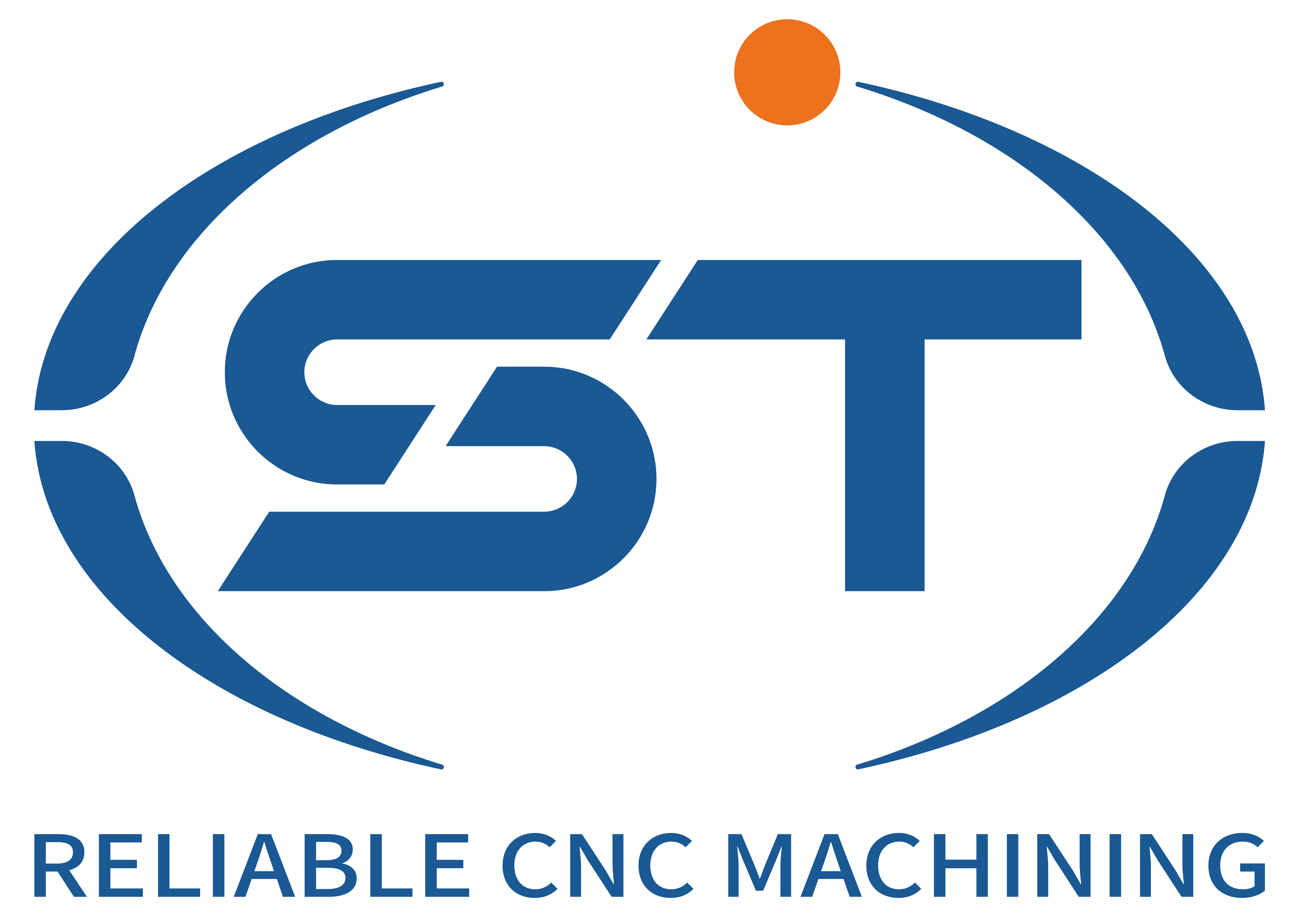Table of Contents
ToggleIntroduction
In today’s manufacturing landscape, the significance of small-batch production is increasingly being recognized. The evolution of market demands, characterized by a notable shift towards customization and rapid delivery, has created a fertile ground for low-volume production techniques. Low-volume CNC machining emerges as a pivotal solution, enabling manufacturers to respond efficiently to these dynamic demands while maintaining high-quality standards.
Lean shops, which prioritize efficiency and minimize waste, are particularly vital in the context of low-volume CNC machining. These specialized facilities focus on creating products in smaller lots, allowing them to be agile and adapt swiftly to changing customer requirements. This adaptability is often the key to thriving in a competitive marketplace, where mass production may not be practical or economically viable. By utilizing CNC (Computer Numerical Control) technology, lean shops can achieve precise machining with minimal setup times, thus fostering a more responsive production approach.
Moreover, low-volume production supports a variety of industries, ranging from automotive to aerospace and medical devices, where the need for customized components is paramount. Manufacturers leveraging CNC machining for small runs benefit from the flexibility that this technology offers, enabling them to produce varied shapes and sizes without incurring significant costs associated with traditional large-scale production methods.
Ultimately, the growing emphasis on small-batch production signifies a broader trend toward more personalized manufacturing solutions. This shift not only meets consumer expectations for unique products but also optimizes production capabilities. As businesses increasingly recognize the advantages of lean practices and low-volume CNC machining, they position themselves to enhance efficiency and maintain competitiveness in an ever-evolving economic landscape.
Understanding Small-Batch Production
Small-batch production refers to manufacturing processes characterized by the production of limited quantities of goods, typically ranging from a few units to a few hundred. This approach is widely utilized across various industries, including automotive, aerospace, consumer goods, and specialized manufacturing sectors. One of the primary reasons for undertaking small-batch production is to meet specific customer demands or to test new market concepts without committing significant resources to large-scale production. By focusing on small runs, companies can remain agile and responsive to ever-changing market trends.
The key characteristics of small-batch production include flexibility, customization, and a heightened level of quality control. Manufacturers can tailor their processes to meet the distinctive requirements of individual clients, thereby facilitating the creation of unique products that are often unattainable through mass production methods. This customization capability allows businesses to innovate effectively, ensuring that they stay competitive in increasingly saturated markets.
Moreover, small-batch production is crucial in environments where demand is unpredictable or where products are highly specialized. Industries that deal with innovative technology or bespoke items particularly benefit from this manufacturing approach. For example, a business might opt for low-volume CNC machining to create prototypes or specialized tools that require a high degree of precision and expertise, ensuring that initial production runs maintain stringent quality standards.
In essence, the relevance of small-batch production lies in its ability to provide businesses with a competitive edge through tailored solutions, quick turnaround times, and efficient use of resources. The need for specialized processes in this production paradigm cannot be overstated, as they are essential for ensuring product quality while managing costs effectively. Emphasizing small-batch strategies allows companies to navigate the complexities of modern manufacturing landscapes successfully.
The Lean Shop Approach
A lean shop is one that implements the principles of lean manufacturing, a methodology focused on minimizing waste while maximizing productivity. This approach is particularly beneficial in small-batch production environments, such as those employing low-volume CNC machining. The core objective of lean manufacturing is to generate more value for customers with fewer resources, and this philosophy aligns seamlessly with the needs of small-scale production processes.
Key principles of lean manufacturing include defining value from the customer’s perspective, mapping the value stream, creating flow by eliminating waste, establishing pull-based production, and striving for perfection. In a lean shop, every task performed is scrutinized to determine its necessity, thus ensuring that each step in the production process adds tangible value. This not only enhances efficiency but also fosters a culture of continuous improvement, which is essential for low-volume CNC machining operations.
Small-batch production, particularly using CNC machining techniques, often requires flexibility and adaptability. A lean shop environment facilitates this by promoting a just-in-time production approach, where materials and products are only created as needed, thereby reducing inventory costs and minimizing the risk of overproduction. By eliminating non-value-added activities and focusing on continuous flow, manufacturers can respond more quickly to customer demands, which is crucial in today’s fast-paced market.
Moreover, lean practices encourage collaboration and communication among team members, ensuring that knowledge and best practices are shared across the organization. This approach not only empowers employees to take ownership of their work but also leads to improved quality outcomes and customer satisfaction. Overall, adopting a lean shop approach in small-batch production drastically enhances efficiency through the seamless integration of low-volume CNC machining and streamlined operational practices.
Advantages of Using Standard Stock
Utilizing standard stock materials in small-batch CNC machining offers numerous benefits, particularly in enhancing operational efficiency and reducing costs. One of the primary advantages of using these materials is the notable reduction in lead times. Standard stock is readily available and can often be sourced quickly, allowing manufacturers to streamline their production processes. This swift accessibility is crucial in environments where time-to-market can significantly impact business success. By avoiding the delays associated with custom orders, manufacturers can respond promptly to market demands and meet customer expectations.
In addition to shortened lead times, employing standard stock materials contributes to lower overall production costs. Custom blanks often require significant investment in tooling and material procurement, as they are tailored specifically to the project at hand. In contrast, standard stock materials are manufactured at scale, leading to reduced material costs, which can be passed on to customers. Furthermore, the minimized need for complex setups associated with custom components allows for efficient utilization of CNC machining capabilities, ensuring that resources are allocated where they are most effective.
Another crucial benefit of using standard stock is the elimination of the complications associated with managing custom blanks. When working with standard materials, manufacturers can simplify their inventory management, as they do not have to keep track of various custom orders and configurations. This simplification can lead to improved workflow processes and less downtime related to material changes. In a small-batch production environment, where efficiency is essential, this streamlining can enhance productivity significantly.
Ultimately, the integration of standard stock materials in CNC machining not only emphasizes operational efficiency but also supports comprehensive cost management. By leveraging these advantages, businesses can focus on delivering high-quality products while maintaining agility in their production schedules.
Automation: Saving Labor Time
In the realm of small-batch production, the integration of automation technologies plays a pivotal role in enhancing efficiency and productivity. By reducing reliance on manual labor, automation not only minimizes the time spent on repetitive tasks but also improves the overall quality of the output. This is particularly critical in low-volume CNC machining, where precision and consistency are paramount.
One technology that has gained traction is the use of robotic arms. These programmable machines can execute complex tasks with incredible speed and accuracy, drastically cutting down labor time. For instance, loading and unloading parts from CNC machines can be automated, allowing operators to focus on monitoring and quality control. Additionally, the use of collaborative robots (cobots) offers the benefit of safely working alongside human operators, creating a seamless integration that facilitates increased productivity.
Another significant advancement is in the realm of additive manufacturing. Utilizing 3D printing technology allows for rapid prototyping and iterative testing, meaning designs can be quickly refined with minimal resource expenditure. This adaptability is particularly beneficial for small-batch production where flexibility and speed are essential. As a consequence, businesses can respond more swiftly to market demands while keeping labor costs in check.
Furthermore, software solutions such as CNC programming automation tools can streamline the production process. These systems help in optimizing design files for machining, reducing the time taken to prepare models for production. The transition from design to production becomes seamless, allowing manufacturers to achieve a rapid turnaround without sacrificing quality.
Incorporating these automation technologies not only saves labor time in small-batch production but also leads to enhanced output efficiency. This strategic advantage enables manufacturers to remain competitive and responsive in a fast-paced market. More than ever, adopting automation in low-volume CNC machining is essential for modern manufacturers seeking to maximize their operational effectiveness.
Rapid Prototyping Without Tooling Fees
In the landscape of modern manufacturing, low-volume CNC machining has emerged as a pivotal solution for businesses looking to streamline their product development processes. One of the defining advantages of this approach is its capacity for rapid prototyping without the burden of costly tooling fees. Unlike traditional manufacturing methods that often necessitate extensive tooling and setup costs, low-volume CNC machining allows companies to create accurate prototypes quickly and efficiently.
The elimination of tooling fees is a game-changer for businesses, particularly small and medium-sized enterprises, which may not have the budget to invest in expensive molds or dies. This financial flexibility enables these organizations to bring their ideas to life without the prohibitive initial investment that often stifles innovation. With the ability to rapidly iterate designs, businesses can test and refine their products much more swiftly. This not only accelerates time-to-market but also enhances the potential for customer feedback integration early in the development process, ultimately leading to a more refined final product.
Moreover, the agility provided by low-volume CNC machining allows teams to pivot quickly based on market demands or customer preferences. This responsiveness is increasingly vital in a competitive landscape where consumer needs evolve rapidly. Companies can develop multiple variations of a product, exploring different materials and design features without incurring significant costs associated with traditional manufacturing methods. Thus, low-volume CNC machining fosters an environment of experimentation and innovation.
Ultimately, the cost-effectiveness of eliminating tooling fees paired with the speed of rapid prototyping significantly contributes to a more dynamic and competitive production strategy. By leveraging the benefits of low-volume CNC machining, businesses can not only save on expenses but also enhance their product development capabilities, positioning themselves for greater success in the marketplace.
Case Study: Successful Implementation of Low-Volume CNC Machining
Low-volume CNC machining has become a pivotal strategy for companies aiming to optimize their production processes, particularly in sectors that require precision and flexibility. One notable example can be drawn from a small-scale manufacturer specializing in custom automotive parts. This company faced a dual challenge: a demand for high-quality components and the need to adapt quickly to fluctuating market requirements.
Prior to the implementation of low-volume CNC machining, the company struggled with traditional manufacturing methods that were both time-consuming and costly. The limitations of conventional machining often led to excessive lead times and a significant amount of material waste, impacting their overall efficiency. Recognizing these challenges, the management team decided to explore the potential of CNC machining for lower production volumes, aiming to enhance flexibility and reduce costs.
To initiate this transition, the company invested in a state-of-the-art CNC machining system equipped with advanced software, allowing for rapid prototyping and modifications on the fly. This technological upgrade not only streamlined their operations but also provided the capability to produce complex geometries with minimal setup time. The initial phase of implementation involved training the existing workforce, ensuring that employees were adept at operating the new machinery and optimizing its capabilities.
The results were noteworthy. The company reported a 40% reduction in production lead time, allowing them to respond swiftly to customer orders and preferences. Additionally, the flexibility afforded by low-volume CNC machining enabled them to introduce new product lines without the hefty financial burden typically associated with large-scale manufacturing setups. Quality control metrics improved significantly, with a notable decrease in defects. Ultimately, this case exemplifies how integrating low-volume CNC machining can not only address the specific challenges faced by manufacturers but also lead to tangible improvements in operational efficiency and adaptability in a competitive marketplace.
Future Trends in Small-Batch CNC Machining
CNC (Computer Numerical Control) machining has become an integral part of small-batch production, with ongoing developments poised to reshape its landscape significantly. One prominent trend is the integration of advanced automation and robotics into CNC machining processes. Automation not only enhances operational efficiency by minimizing manual intervention but also ensures consistent quality in production. This technological advancement enables manufacturers to optimize workflows, reduce lead times, and ultimately meet the increasing market demand for rapid turnaround and customization.
Another trend driving the future of small-batch CNC machining is the move towards additive manufacturing techniques. Combining subtractive with additive processes allows for greater design flexibility and reduces materials waste. This hybrid approach supports innovation in product development, as it enables manufacturers to produce complex geometries that traditional methods may struggle to achieve. Furthermore, the adoption of 3D printing technologies in conjunction with CNC machining has created opportunities for producing prototype parts while significantly lowering costs associated with tooling and setup.
Sustainability is also gaining prominence within the realm of small-batch CNC machining. As manufacturers become more conscious of their environmental impact, they are increasingly adopting practices that minimize resource consumption and waste generation. This includes sourcing eco-friendly materials, implementing energy-efficient machinery, and improving overall sustainability in production processes. Market demands are shifting towards products that adhere to sustainable practices, prompting manufacturers to adapt swiftly to maintain competitiveness.
Lastly, data analytics and IoT (Internet of Things) technologies are set to revolutionize the CNC machining industry. By harnessing real-time data, manufacturers can monitor machine performance, predict maintenance needs, and enhance overall production efficiency. These advancements not only enable improved operational visibility but also allow manufacturers to make data-driven decisions that benefit both their business and their clients.
Call to Action: Embrace Small-Batch Efficiency
In the ever-evolving landscape of manufacturing, businesses are continually seeking innovative strategies to enhance their efficiency and maintain a competitive edge. One effective approach that has gained traction is the adoption of small-batch production techniques, specifically through low-volume CNC machining. By embracing these methodologies, companies position themselves to respond swiftly to market demands, increase flexibility, and reduce waste.
For organizations looking to implement low-volume CNC machining, the first step involves identifying core competencies and aligning production processes accordingly. Companies should assess their current capabilities and pinpoint areas where small-batch production can yield the most significant advantages. This entails thorough analysis and re-evaluation of existing workflows to identify bottlenecks and areas for improvement.
Next, investing in the right technology becomes paramount. Low-volume CNC machining relies on precision and efficiency; thus, investing in modern CNC equipment tailored to small-scale operations can dramatically enhance productivity. This technology allows businesses to produce parts with tight tolerances without the overhead costs associated with large-scale production runs. Furthermore, continuous training for staff is essential to ensure they are adept at utilizing such machinery effectively.
Collaboration with suppliers is another critical aspect; engaging with partners who understand small-batch manufacturing needs can streamline procurement processes. This collaboration fosters innovation and allows for the exploration of new materials and techniques, giving organizations a competitive advantage.
Lastly, organizations should remain agile and receptive to feedback from their production teams and clients. By iterating processes and making necessary adjustments based on this feedback, companies can optimize their small-batch production strategies consistently. Such adaptability not only enhances operational efficiency but also aligns the business with the evolving demands of the market.
In conclusion, the integration of small-batch production via low-volume CNC machining represents a promising pathway for businesses aiming to boost efficiency and competitiveness. By following these actionable insights, organizations can thrive in today’s dynamic manufacturing ecosystem.




